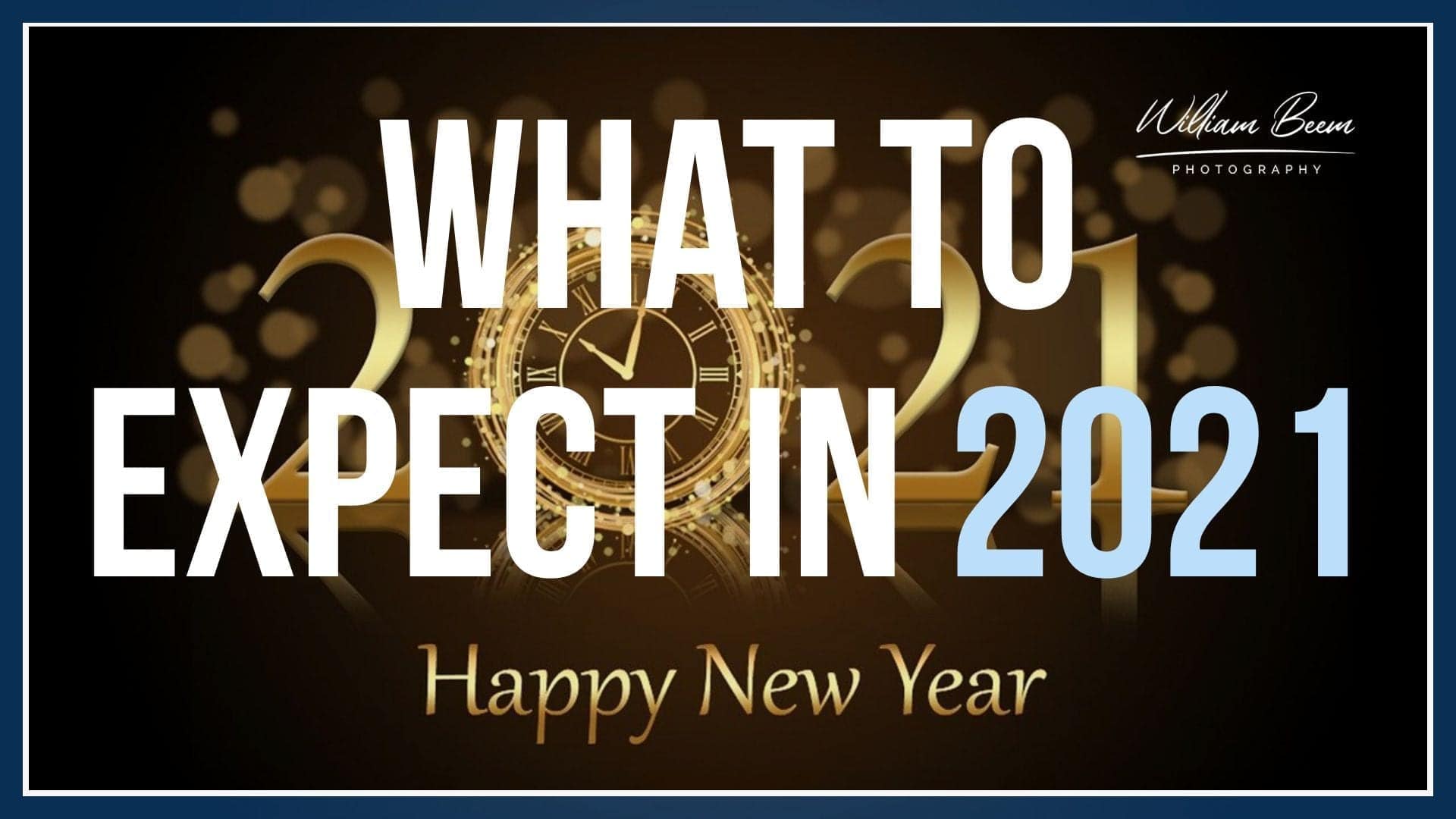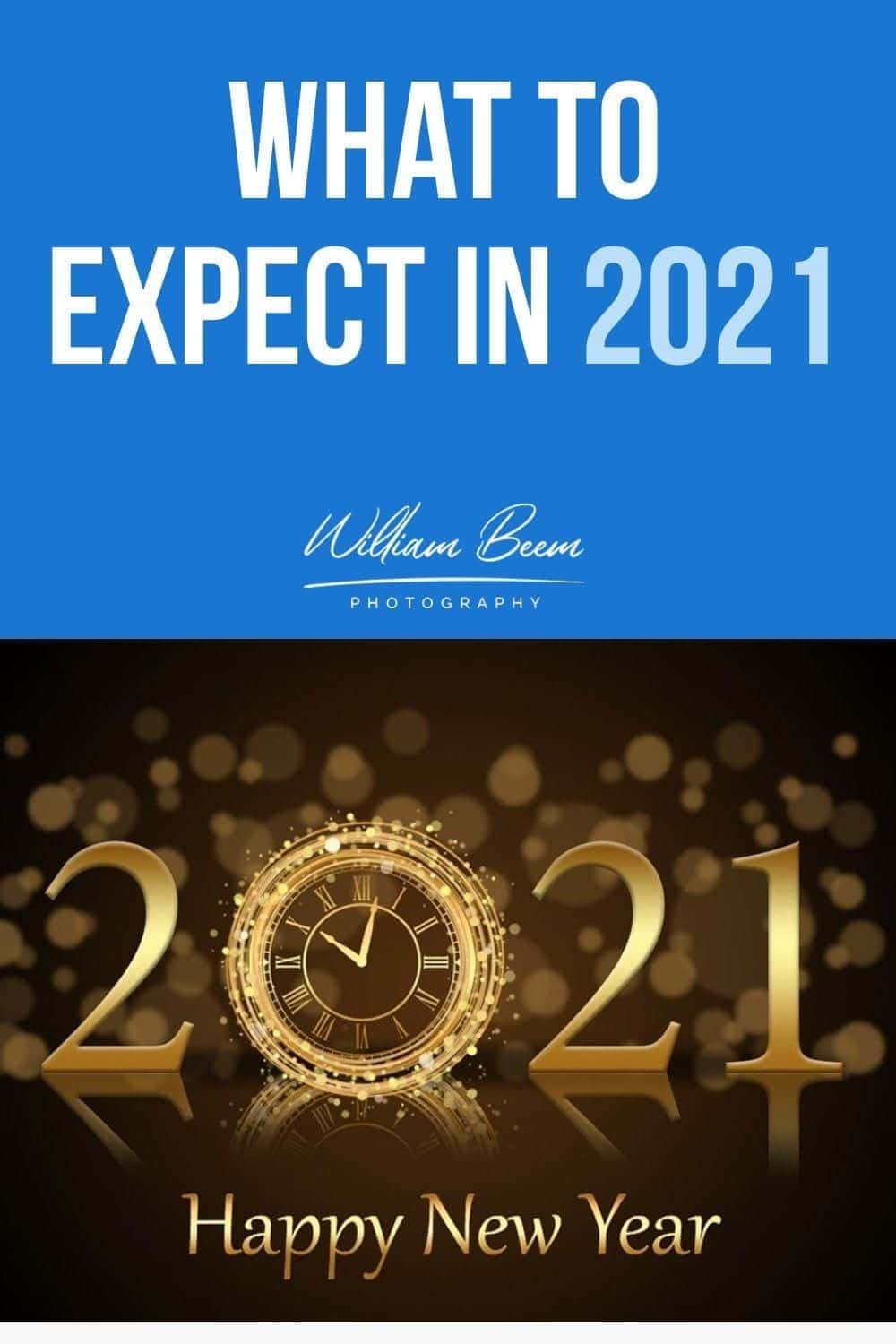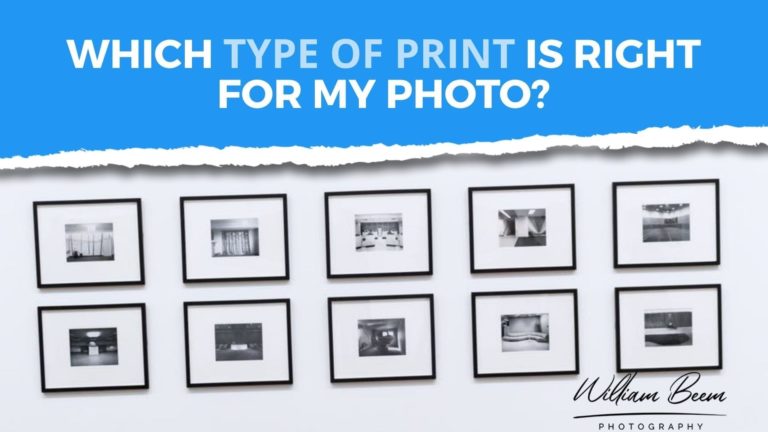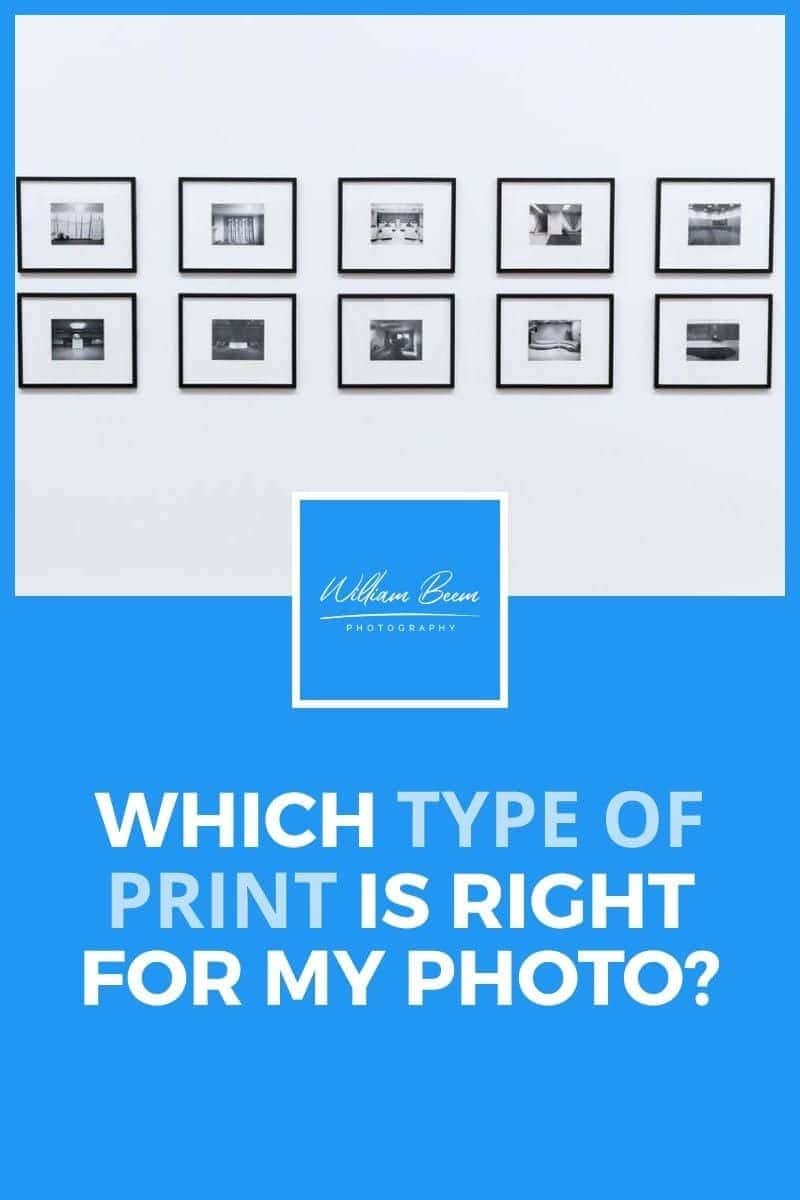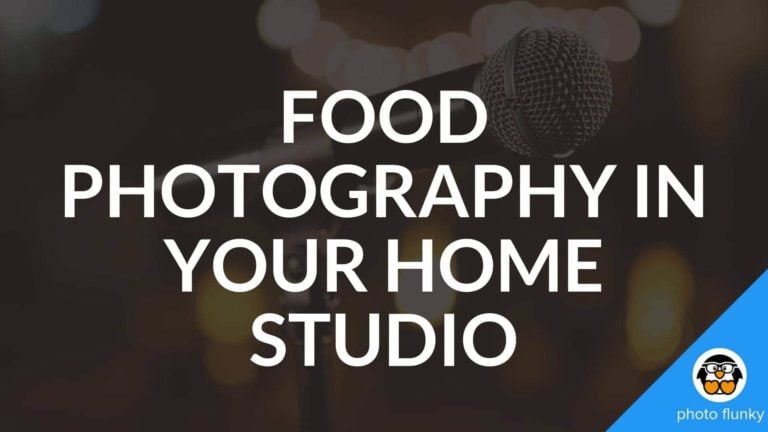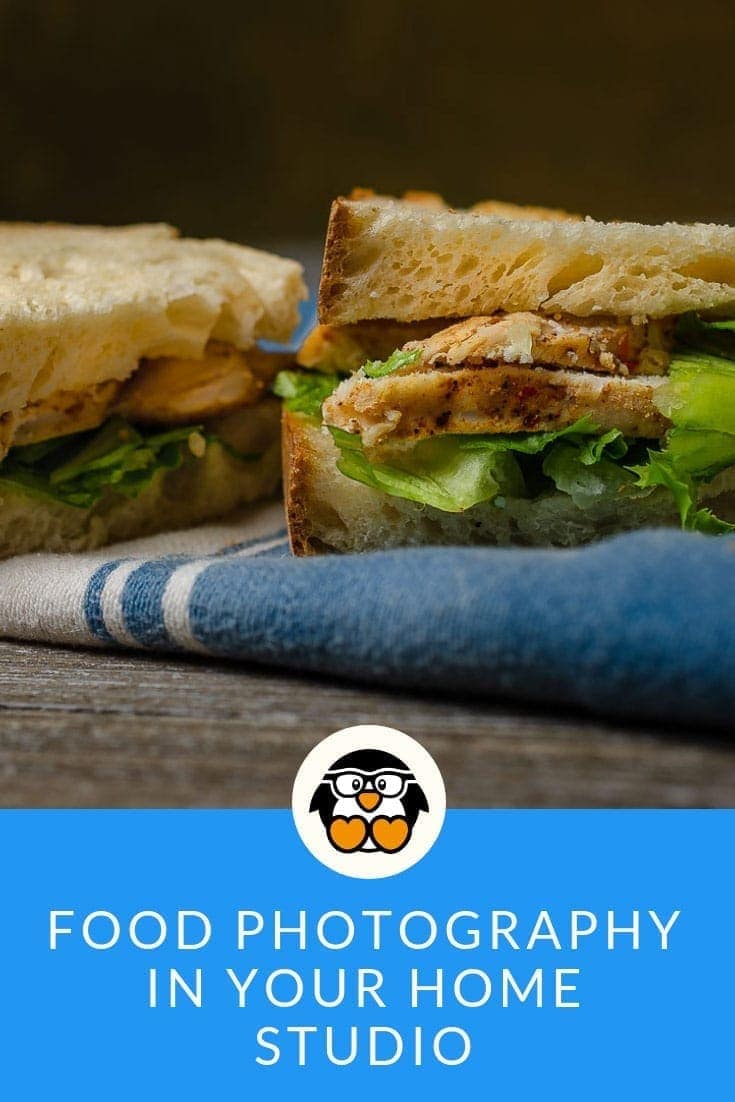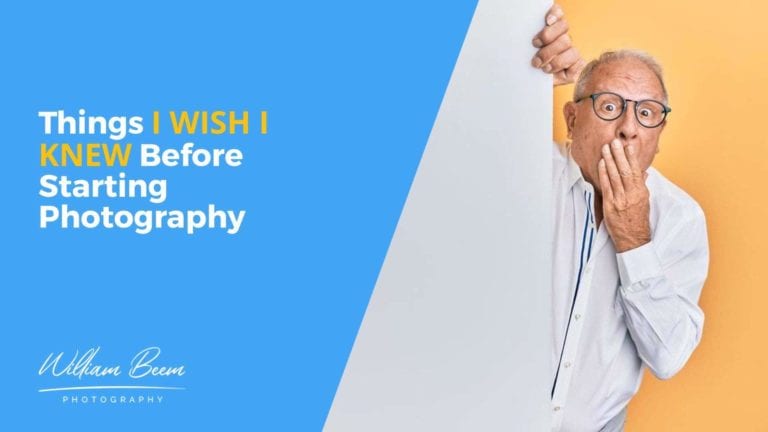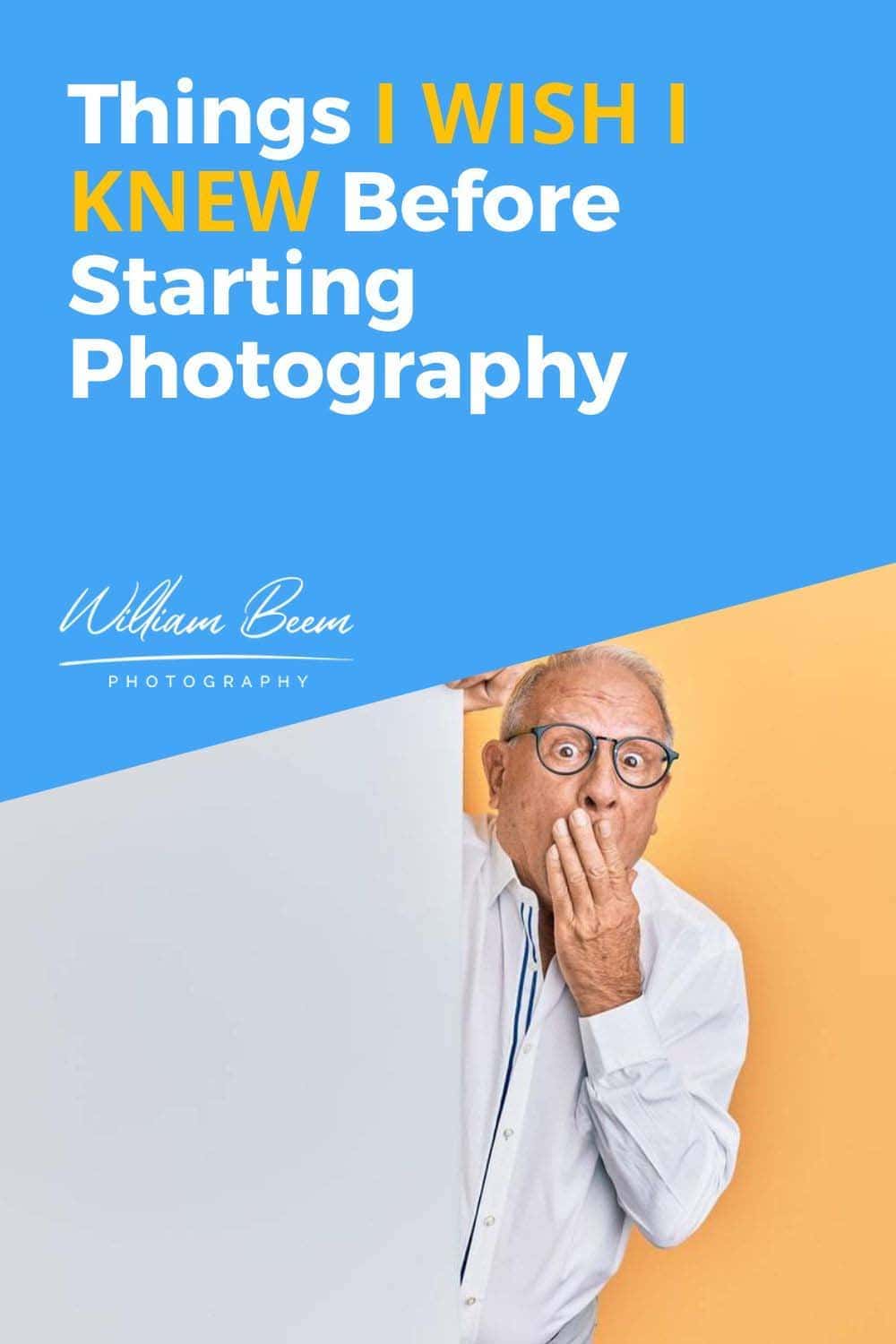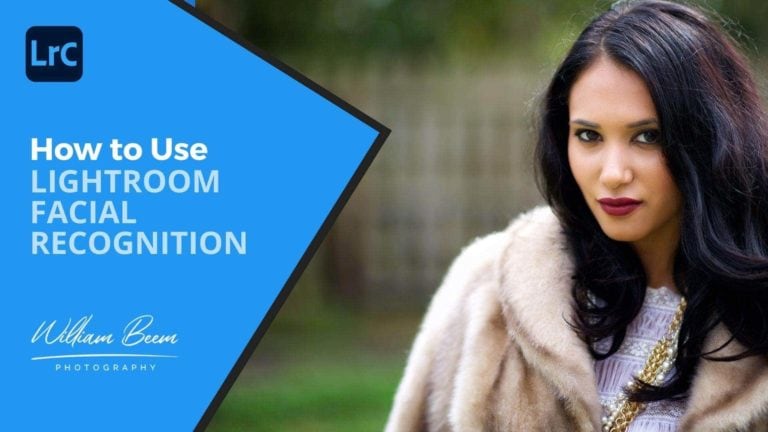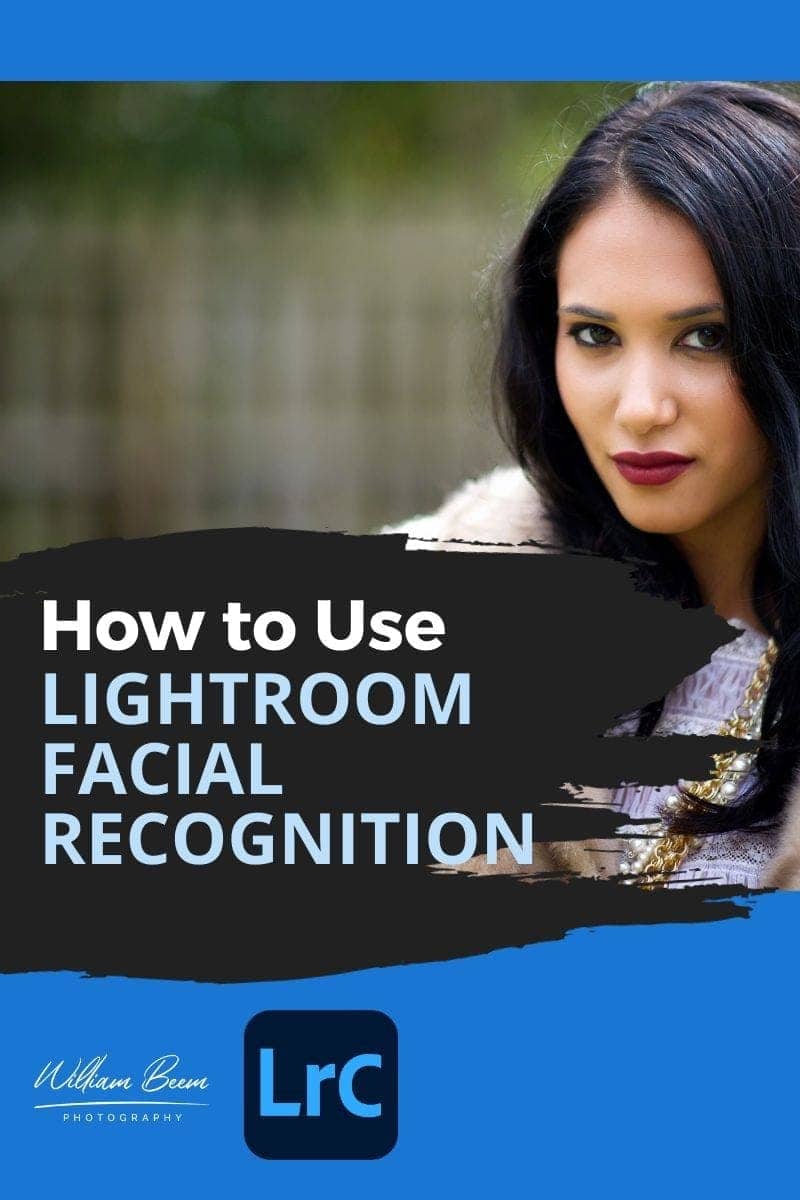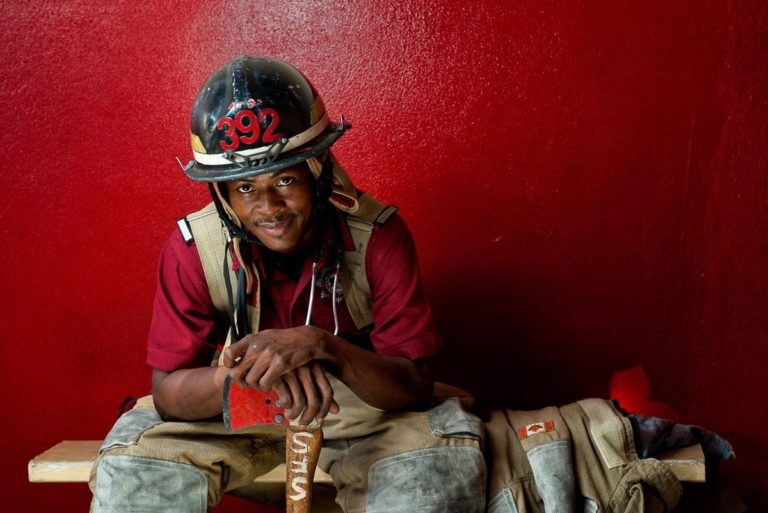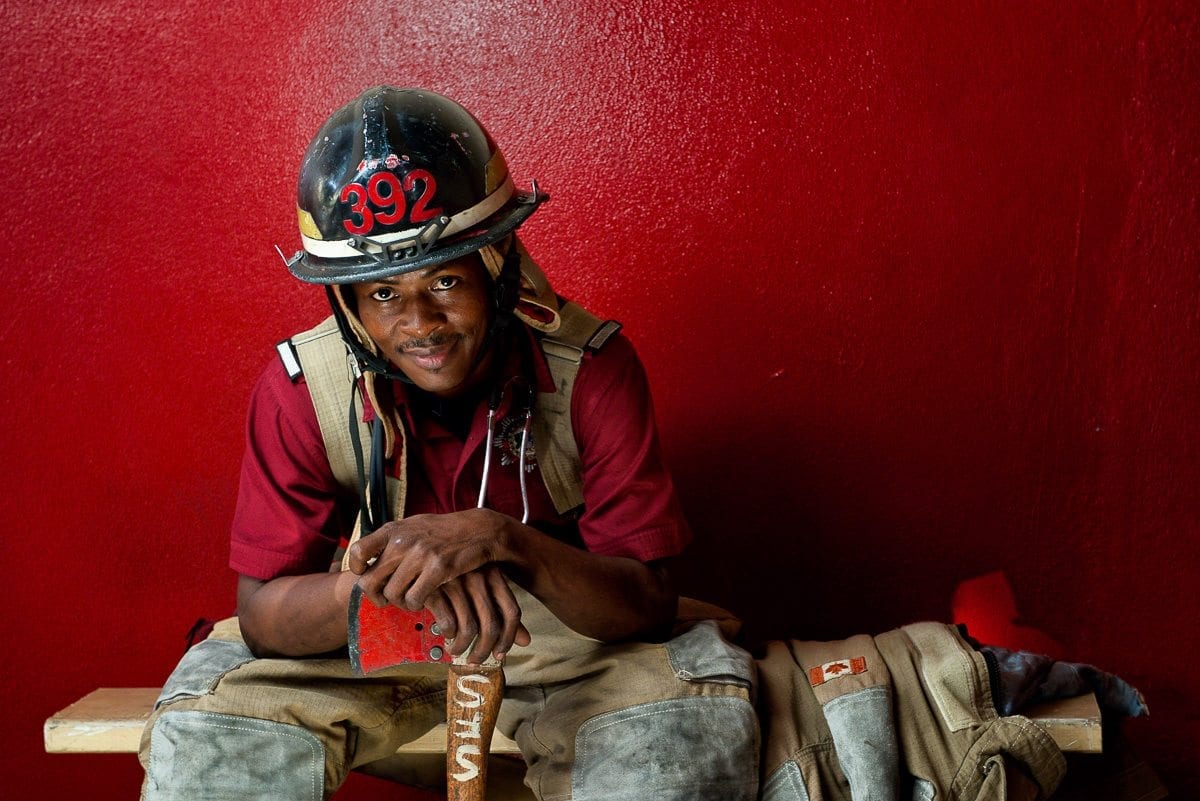Affiliate Disclosure: We earn a commission if you purchase through one of our links at no additional cost to you.
Here’s what to expect in 2021 from William Beem Photography.
We’re not going to look backward, no reviews of 2020 or “the year that was.” I get many of those emails and other types of info reminiscing on something that we never need.
I’m sure we all know what happened in 2020. Most of us wanted to get out of it as soon as possible, and we recommend that time travelers avoid it.
Announcing Luminar AI Elements Course
I’m thrilled to announce that my new course is now available.
Luminar AI Elements is a course for people getting started with Skylum Software’s new Luminar AI photo app.
I go through every aspect of Luminar AI in this course, which provides you with both a tutorial and a reference resource to use.
As Skylum updates Luminar AI, such as expected additions for Sky AI 2 and Bokeh AI, I’ll update this course to show how to use the tools and the options inside.
Click Here to Check Out Luminar AI Elements
If you already own Luminar AI, this course makes a wonderful companion to understand all of the tools and user interface elements.
We also have a discussion group with the course. You can ask questions, request an additional tutorial for the course, or just network with other Luminar AI users on how to get the most out of the tool.
What if I Don’t Have Luminar AI yet?
I’m giving this course away for FREE to anyone who bought Luminar AI using my affiliate link and coupon code – BEEM.
So whether you previously bought from my recommendation or plan to use it in the future, you can get Luminar AI Elements for free.
And why wouldn’t you use my coupon code? Not only does it save you $10, but you get a FREE course showing you how to use the program.
Once you have your receipt from Skylum, just send me a copy at [email protected]. I’ll verify the purchase and grant your access to the course.
Otherwise, you’re welcome to buy Luminar AI Elements from me if you already own Luminar AI.
Click Here to Check Out Luminar AI Elements
If you have a friend who may be interested, please share this with them and help me spread the word.
What’s Inside Luminar AI Elements?
The course has 13 lessons and 37 topics. There are 40 videos. I broke out the tool videos into topics so you can easily use them as a reference, rather than having to watch a long video to get to the part you need.
Even better, the video has built-in search with results that take you to the exact moment inside the video that you need to see.
You can download the audio or transcription for each video, also.
It’s a very easy to use course environment. There’s even a tour in the welcome video that shows you how to use the course portal.
I Thought You Were Making a Portrait Course First?
That was the plan. In fact, I created it. I’m actually very proud of it, because I don’t see any course like it on the market.
However, I decided that it wasn’t time to release it due the circumstances we had to endure last year, and many are still enduring now.
So I put that course on the shelf for a while longer and decided to build Luminar AI Elements.
Luminar AI is a valuable tool for landscape, travel, portrait and many other types of photography. It’s also pretty easy to use so you can get great results in a short amount of time.
With so many tools inside of Luminar AI, I thought it would be a good idea to have a course that explains them all, individually, and shows how and why you can use each one.
That’s why Luminar AI Elements is here. I hope you enjoy it.
If you have any questions, please reply and let me know what you’d like to know.
Click Here to Check Out Luminar AI Elements
Throw in a bit of Attitude
We also plan to help you develop a bit of an attitude. Not a bad attitude, but it’s importance to have self confidence in your photography.
Ignore the crowd and the trends. Be the photographer that you want to be, rather than following everyone else’s rules.
I think you’ll be happier that way.
There are a few more topics in the podcast about what to expect in 2021, so please check it out.
Time Stamps
Welcome to I Like Your Picture. It's a new year in 2021. And we're going to tell you what you should be able to expect from us this year. I'm William Beem. Welcome to I Like Your Picture. The show that helps you improve your photography with visual storytelling. What is visual storytelling? It's a method of approaching your photography with a knowledge of who you're trying to serve with your photos and what emotion you want to make them feel.
We encourage you to concentrate on your subject, light and background to create a photo your audience loves. I'm glad you found us. Hi, my name is William Beem. My name is Lee Beem. And today we've got a few things that we want you to be able to take away from this. We're going to tell you what we're concentrating on for 2021. We're going to tell you how we plan to serve you this year.
And we're also gonna tell you that we're not looking backwards, not at all. This last point, as far as not looking backwards, I'm going to talk about why we're not looking backwards. At the end of every year, I get all these emails and I hear podcasts and YouTube videos about the year that passed. The year that was. I don't want to relive 2020.
I don't care about what's behind me. I cannot change or fix anything behind me. I am looking forward. I'm looking at today and what we can do from now on, because the past is the past and that's kind of my attitude about it. As I said, I consider it flushed. So let's go ahead and start off with the main points.
The first thing I want to tell you about is I finally got my first course ready, and I'm being bold and saying that because it's like 99% done as I'm recording this and it's gotta be done by the time I release this. But the idea is that I am looking at what I can provide and serve, and I've done some affiliate marketing, but this time I've found out that I enjoy teaching and I've had people give me some compliments on what I've taught in the past.
You know, you either resonate with my style or you don't. I understand that completely because there are a lot of people teaching things in photography and they each have their style. And everybody wants to learn from someone who they, they like what they do, and they understand the way they teach. And I think that I've got something to share as well.
I've gotten some good feedback from my YouTube channel, and that's been very specifically on Luminar AI. I don't intend it to stick with just Luminar AI, but my first course is Luminar AI Elements. Basically it is a course that will take you by the hand and show you everything inside of the tool. It'll give you everything from how to install it. What the user interface is like.
And I go through each and every tool and element inside of Luminar AI and show you how it works, what it does. There's examples in there. And there's also a discussion group. That's going to be one of the things that goes with any of my courses that I put forward. Basically, a place where we can go in there and talk to each other.
That means if you have questions, I can go ahead and answer you directly on the site. If you want to see something else, it's not a problem. I can go ahead and add to the course by creating another video or maybe putting it into the discussion group. And we just knock these things out. I hope that my will be living courses.
In other words, if there are changes and I know with Luminar AI, there will be because they're things that they're going to bring out in the first and second quarter. Then I can just go ahead in there, add another video or update an existing video and push it back out. So the idea is I want to provide you with some education and that's going to be at williambeem.com/courses. With regard to Luminar AI,
If you buy Luminar AI from my affiliate link and the coupon code is just like my last name. Beem B E E M. I will give you Luminar AI Elements for free. All you have to do is email support @williambeem.com with your receipt. I look and verify that. Yep, you did buy it from me and I will grant you access to the course absolutely free.
That's your choice. If you don't have Luminar AI and you want to get it, this is I'm hoping a compelling reason because you also get a discount if you use my coupon code. That's the idea. If you'd already have Luminar AI, no problem. You can go ahead there and you can buy it and you'll see everything that's there. I hope it will help you out in understanding how to make the most out of the tool.
And I'll be doing this with some of the tools, but my courses are not going to be limited to just tools. Matter of fact, I had a really big blockbuster course that I wanted to do first, and I decided it wasn't the right thing to put out first. Lee, you saw that one. I love that course. It's a great,
it's a really, really detailed and thorough. And the course that I have not put out is called Face It. And it's basically all about for portrait photographers, or I guess it could work for anybody else, but it was really aimed at portrait photographers who want to understand the process from concept to final delivery. Everything that you need to go through in order to work with other people,
secure your talent, secure wardrobe, makeup, and the locations, what you need to do, how you need to communicate with people so that you have a smooth, or at least a smooth as possible operating environment. When you're going to take your portraits, because I've been to too many photo shoots where someone didn't plan on something, someone didn't expect something.
They didn't anticipate that somebody wouldn't show up. And that person was also the ride for somebody else. And I go through all of the things that I found during my experience and history with portrait photography of what can go wrong and saying, here's how you can anticipate it. Here's how you can prepare for problems. And here's how you can deal with the problems and come up with a really wonderful result at the end.
That course isn't out yet. I'm hoping to put that out sometime this year. I don't know exactly when, but I have a plethora of ideas for courses. I'm starting off with one that's really based upon a product. Lee, you've seen really what I had with the Face It one. You said you liked it, and you're not even a portrait photographer.
I'm not a portrait photographer, but it kinda made me, you know, when you look at somebody, you think I, I can totally see why somebody would be interested in this. I look, I'm not a portrait photographer, cause I'm too lazy. There's certain things that it wouldn't be bothered with. But I mean, it is a really thorough course.
I think what I, you know, I went through proofreading for you and everything. So I've through the entire course. And I think what is the things that I did say to you is it always feels so daunting. That's the thing about portrait photography. To me, it looked so overwhelming. There's so much stuff to remember. It's just so complicated.
But going through that course, I kind of felt like it didn't feel that way. And this what I was really hoping for, it was to lay everything out. And this wasn't just about how to deal with the people. It helps you with lighting. You know, what kind of compositions you wanna come up with? There are discussions in there on post-processing techniques to bring out the story that you have and just so much more. It's in my mind,
it seems to be unique in the landscape of courses that I've found on portrait photography. As I said, that'll come later. I don't think that it's really right for the audience right now, because a lot of the folks that are listening to me aren't necessarily portrait photographers. And they're not able to do portrait photography right now because of the virus that came out last year and still people having issues.
They can't necessarily get together and work the way that I've worked in the past. So I thought I'm going to put it off until hopefully we get to a point where we can go ahead and do these things on a regular basis again. Yep. That makes sense. The next thing I wanted to talk about, and I'm sorry that I blathered on so much there and didn't really give Lee much chance to talk about always make up for it.
Yes, you do. This year. We're going to concentrate on foundations and that's because I know that I've got a lot of people who come in that are getting into photography. After every Christmas, there's always a people who say for this next year, I'm going to get into photography. We're going to be talking about some foundations, but I don't want that to exclude anybody
who's more experienced with photography. Because again, I see things where people are out there and they're doing their photography. They could do better. I think if they would kind of sharpen the saw a little bit and get back to their foundations. Yup. I mean, if you've got nothing, if you don't have something solid to stand on, you not necessarily going to survive a bit of a breeze.
And what I mean by foundations are exactly the things that you do by rote that you understand that helps you be more creative. We're going to spend a lot of time talking about creativity in particularly the next couple of podcasts. But when I say foundations, I don't want you to be worried about technical stuff. How do I do this? Or how do I do that?
I'm going to provide that here. And we've talked a lot about creativity in the past and will continue to do so, but the best way to be creative is to know how to use your tools, know what you want to achieve. And I think that we need to concentrate on that this year. Yeah, absolutely. So Lee you do a lot of arts and craft as well.
I mean, when you're thinking about what you're putting together, is your mind working on how do I make this shape or how do I select these colors? Or are you thinking of, what's the message I want to send. It's usually what is the message or the mood that I'm trying to convey. So I'd go with, if I had to pick one of yours.
What is the message or when is send usually. I don't think there are always times when you have a different source of motivation or inspiration for, for doing something and that's fine, but for me, usually it is about the, the message or the mood or the feel about it, the intention. Yeah. And the idea of asking about that is that's the kind of thing that I believe that any kind of artist ought to be thinking about because they should have mastered the foundations.
You don't have to be the most brilliant photographer in the world, know every trick in the book, but you need a core set of principles and foundations to stand upon. And that's kind of one of the things that I want to be putting out this year. Yep. All right. The next item on our list is attitude. Yeah. Lee's Lee's full of attitude.
Let me give you an example of where this is coming from. There's a guy that I follow in kind of the online marketing. And matter of fact, his business name is bad-ass online marketing and his name is Bobby Klinck. He's an attorney by trade. He sells legal templates, which by the way, if you go to bobbyklinck.com, I'll put a link in the show notes.
I'm not affiliated with them. At least not yet. I need to ask them if I can do that, I'd look, I bought all of his legal templates. He sells just what you need for maybe a website or what you may need if you're providing more stuff. And that's how I kind of got in his circle because I had a need for legal templates,
but he's also teaching online marketing. He just had a big conference online in December. And he's done a number of other things, but the whole idea behind it is he's not doing it like everybody else. You know, I'm not going to steal his line and say, we're going to be bad-ass photographers. That's the attitude I want to project. And that's the attitude I want you to project.
I don't want you to think of yourself as a beginner and intermediate or advanced. I don't want you to think about what everybody else is doing. I want you to be a bad-ass. I want you to say, this is what I'm doing. I want you to have the confidence to do what's in your head. And if you don't know what's in your head,
I want you to have the confidence to experiment and say, it's okay. If I take some bad pictures, I'll throw them out. But I'm working my way towards getting to where I want to be. To quote somebody else, fail boldly. Yeah. And bold. And bad-ass are going to be words that we're probably have on this podcast forthcoming. But the idea is I want you to have confidence.
And when I say attitude, I don't mean be an obnoxious jerk. I want you to have confidence. Yeah. I think you have to project confidence in times, basically fake it till you make it. I think it grows on you when you start putting it out. Sometimes you have to do something before you feel it. The thing about having attitude and having confidence is that it all comes from within.
And what you're really doing is you're shedding your doubts. You're not worried about someone else looking at you. You're not worried about what you're showing them to somebody else and what they may say, because it doesn't matter. Nothing that anyone else says if they're going to be critical. They're going to make, says more about them. They're going to be jerks. They're going to be jerks.
Let it roll off your back. Nobody cares about that. You're going to get to your destination because you're going to have it a little bit of an attitude. You're going to have self-confidence and you're going to turn into a bad-ass, if you're not one already. And the last thing that I want to wrap up with for this episode is visual storytelling. That's our been our message for the past few years and is going to continue on this year.
I was kind of wondering, it's like, are we going to continue to podcast this year? And Lee said, I like doing the podcast. It's fun. I'm was kind of looking at it from a business perspective. It's like, because it takes time to do the podcast. It takes time to edit everything and put it all out there. But I also enjoy it.
And we've gotten some really nice feedback from people who enjoy it. I like that. We're going to continue with visual storytelling. And what that really means is find out what it is that you do. Build the audience by giving them something that they love. Something that evokes an emotion inside of them. And you're not going to win over everybody. And that goes back to the attitude.
You don't care if you don't win over everybody. Nobody wins over everybody. That's why there's so many people doing their unique thing. So your ideas of visual storyteller is to look for stories, to tell, to tweak them with your own insight, your own view of the world. And you will find people that like what you do and that way you hone your craft.
If you're trying to be all things to all people, you're not telling any stories, or you're not telling any consistent stories and people say, Oh, that's nice. And then there'll be gone. When you come up with the next thing you do that has nothing to relate to your previous work. Which is exhausting. And it's kind of like try and grab a little grains of sand through one of those,
hour glasses. And I'm thinking about this from watching Lee this year. Lee's done a couple of things. She's done her flat lay photography with, with coffee. I mean the most boring, possible subject you can get. It's dark Brown water. Thank you. Yeah. And also Flat lay, you didn't care for still life, But I can look at one of your photos and can look at the next one.
And the next one. And I think I know who did that. There's a style, there's a color. There's an emotion that goes along with it. And as you've told me, it's like, this is about not about the coffee. It's about the experience you have with the coffee. It's coffee mood. And not only that, but she's also done a lot of crafty stuff.
Particularly the holiday season. She builds her own greeting cards. She goes off and she gets scrap paper from any place you can really, I mean, usually she'll take the cheapest things you can imagine, but they're good quality things. And then she'll have something in her mind says I'm not looking at what it is. I'm looking at what I can build out of it.
Yeah. Like my clothes spins, kombucha bottles. Yeah. All right. This is not photography, but I'm going to give you an example here. She'll take like an empty wine bottle and I'll look at it and think, okay, you got a wine bottle. And then she'll put paper on the outside. Kind of like the old papier-mache. So it builds up some texture on the bottle,
and lets that dry off. Then she'll paint it black. Then she'll take little clothespins, break them apart. And she'll put them together around the base of the, the wine bottle. And then she'll paint, you know, she'll paint those black. I don't remember if you paint them before you put them on, but anyways, and then she takes these little dots of what is that stuff that you're using?
The little dots? She's taking, like children's clay. And I said, what are you going to do with little dots? Next thing I know she's built grapes on the vine and painted them purple. Then she put leaves on them and then she's done like a gold aging finish over the whole thing. It looks beautiful. I mean, this is, this is actually a storytelling bottle, if
you can imagine that. Do you have this on Beempics on Instagram? I may, if not, I can put it on Beempics. We have an account called Beempics, B E E M P I C S. And it's just like a family account. And we'll, we'll take a look and see if, if we don't have it out there already,
we'll, we'll put one of those out there. But the idea is she's made these beautiful bottles out of pretty much where our imagination and the collection of garbage. Yeah. It's stuff that I would've thrown away or is Lee Beem's treasure. We gave these, or she gave these away to a couple of our neighbors and people and they absolutely adored them.
That's what visual storytelling is. You can see something in your mind, you have an idea of who you're going to give it to and what they would love. And you build it out of the elements that come out of your imagination. And you got to have a bit of attitude in order to do that. Who cares if someone else doesn't like it,
Who cares If someone else doesn't think of it? If somebody else in your audience loves it, or you build an audience that loves it, that's your thing. So that's what we're going to continue on with visual storytelling is create something that your audience loves, evokes an emotion out of them, and you're on your path to success. Hey, thank you very much for joining us on.
I Like Your Picture. I will put links in our show notes. You can find them at WilliamBeem.com/episode246, and I'll have a link to .Bobby Klink. Didn't mean to rhyme, but it does. Link to his page. So you can take a look at his legal templates and also some of the stuff he's doing on the Crap.
I forgot one other thing. Oh yeah. The online marketing, the bad-ass online marketing. And also I'll try to put a link to our Beem Pics Instagram out there so you can see what Lee's done with a bottle of paint and a little bit of imagination. Thank you so much. We'll see you again next week.
Related Links
Bobby Klinck – Attorney with legal templates for online entrepreneurs and free online marketing courses

